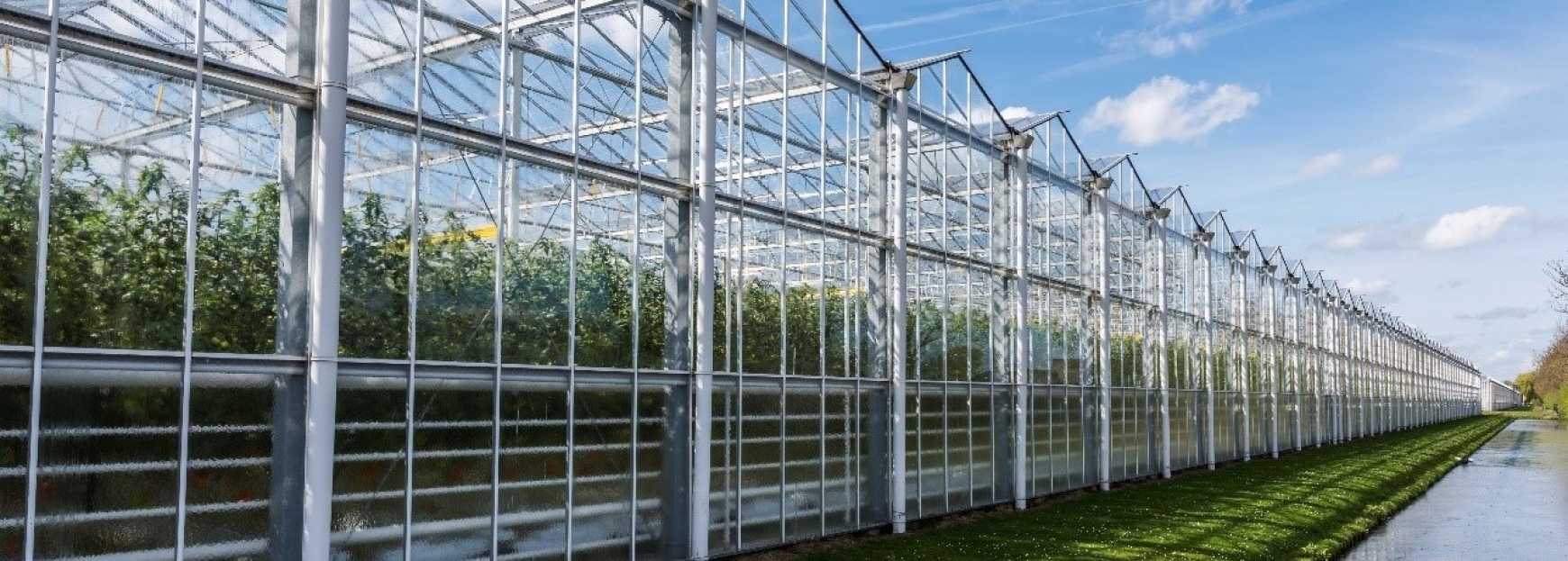Guest blogger Ed Hardy recently wrote the following for AHDB GrowSave and it was an interesting thought worth sharing here:
The UK unemployment rate, at the time of writing, is estimated at 4.5%[1], its highest level in over three years and the result of many industries being severely affected by the ongoing pandemic. The agriculture industry, however, has been suffering the opposite problem, with not enough workers to pick produce[2]. Unfortunately, it’s not just a matter of redistribution; those currently unemployed are unlikely to be skilled in fruit picking[3], for instance, while the skills they do have would probably be underutilised. Furthermore, the seasonal nature of agriculture doesn’t help solve long-term unemployment, although protected growing and year-round production can go some way towards creating stability. So, what’s the solution?
One option could be for agricultural businesses to adopt a more automated approach. Advancements in robotics over recent years means machines are now capable of doing many of the jobs previously carried out by humans. While robots may be slower at, say, picking produce, they can work longer hours without breaks. Investment in technology and hardware doesn’t come cheap, but it can be offset against reduced labour costs and the value of any produce that would otherwise be left unpicked due to lack of manpower.
Obviously, increased automation does little to help those currently unemployed, but government investment in green technologies could create jobs and stimulate economic growth. In line with Keynesian economics, it is during the ‘bust’ that market intervention (i.e. investment) is required. Helping agriculture invest in high-tech solutions could increase demand for equipment, in turn boosting the manufacturing sector, thus creating jobs.
Rather than trying to directly solve the problem of the unavailability of labour, the agriculture sector could seize the opportunity to invest in new technologies, largely bypassing the issue altogether.


